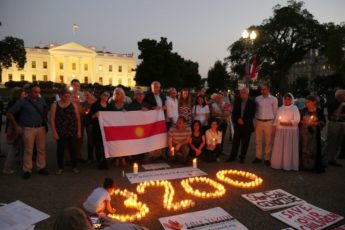
Brazil is the fifth most dangerous country in the world for a woman to live. According to the World Health Organization (WHO), the femicide rate among Brazilian women is 4,8 to 100,000 women.
Despite international efforts to raise awareness on gender inequality, it remains one of the biggest challenges faced by the country according to the study “Gender Statistics – Social Indicators of Women in Brazil” recently updated by the Brazilian Institute of Geography and Statistics (IBGE):
- Brazilian women usually need to reconcile domestic tasks with paid work, and therefore, they end up working in a reduced workload. According to IBGE, 28.2% of part-time workers are women while men account for 14.1%.
- We can see the educational advantage of women attending high school and universities. Nevertheless, their income, on average, is lower than that of men in Brazil.
- According to the United Nations Statistics Division (UNSD), ¼ of Brazilian women, aged 18 to 49, married or living with a partner, do not use contraceptives. Poor access to information, early marriage, and the lack of decision-making power of these women expose them to the risk of contracting sexually transmitted diseases, unwanted pregnancies, and unsafe abortions.
- The representativeness of Brazilian women in public life and leading positions is small. By 2017, 10.5% of the seats in the Chamber of Deputies were occupied by women.
- In 2016, women represented only 39.1% of management positions in Brazil.

For more information, access:
https://www.mapadaviolencia.org.br/mapa2015_mulheres.php
https://www.bbc.com/portuguese/noticias/2016/02/160204_gch_graficos_cancer_fn
https://biblioteca.ibge.gov.br/visualizacao/livros/liv101551_informativo.pdf
By Lara Elis (Brazil – UFRJ)




